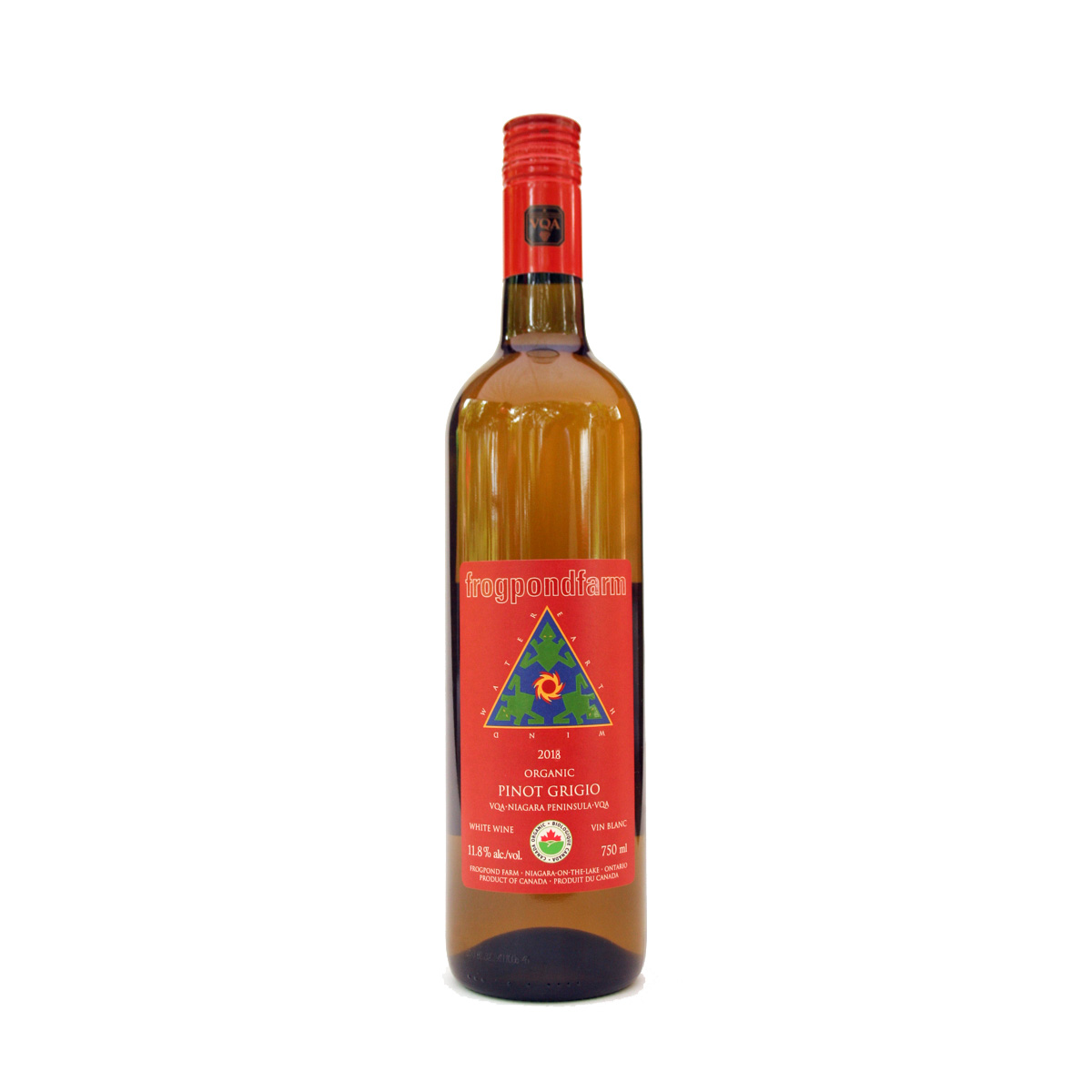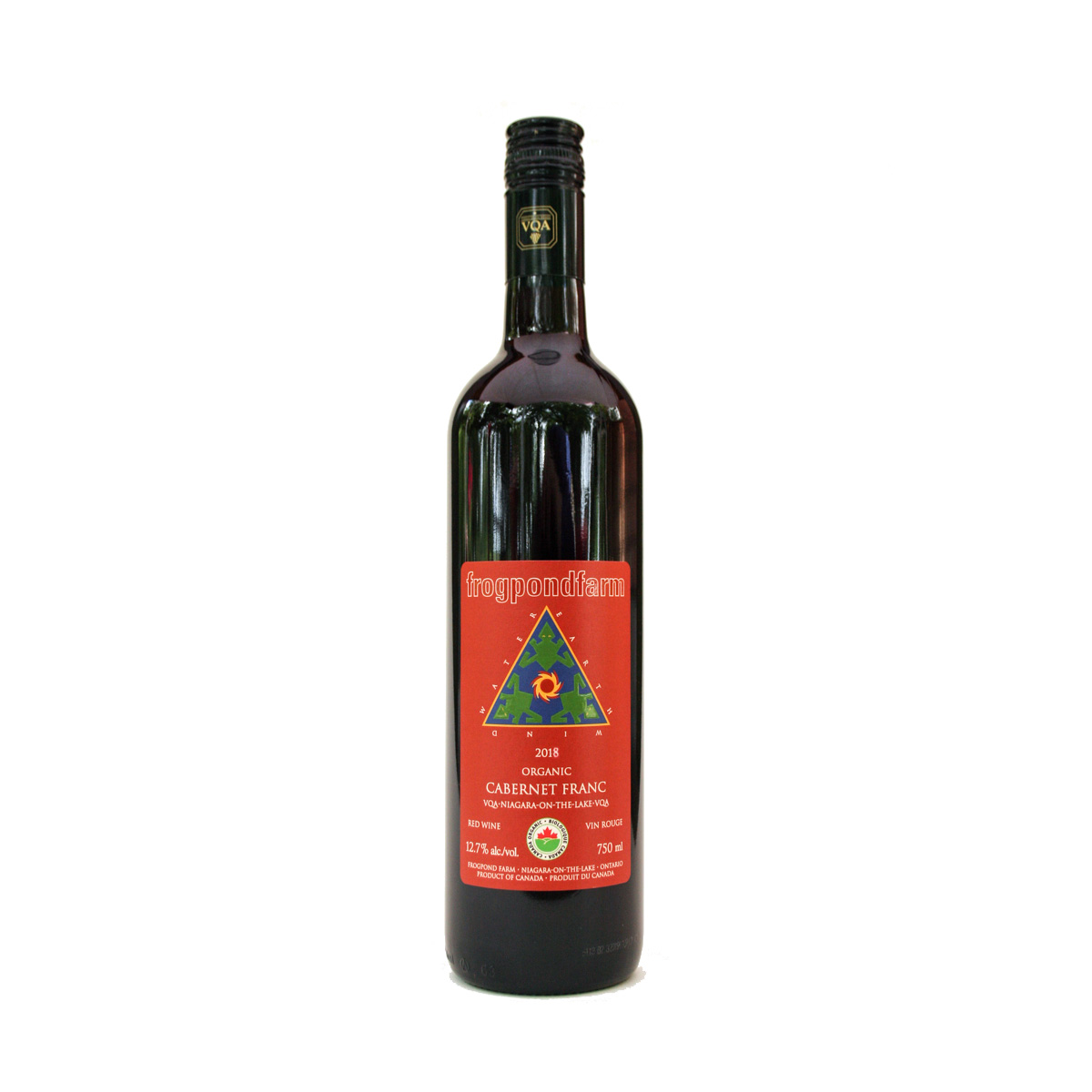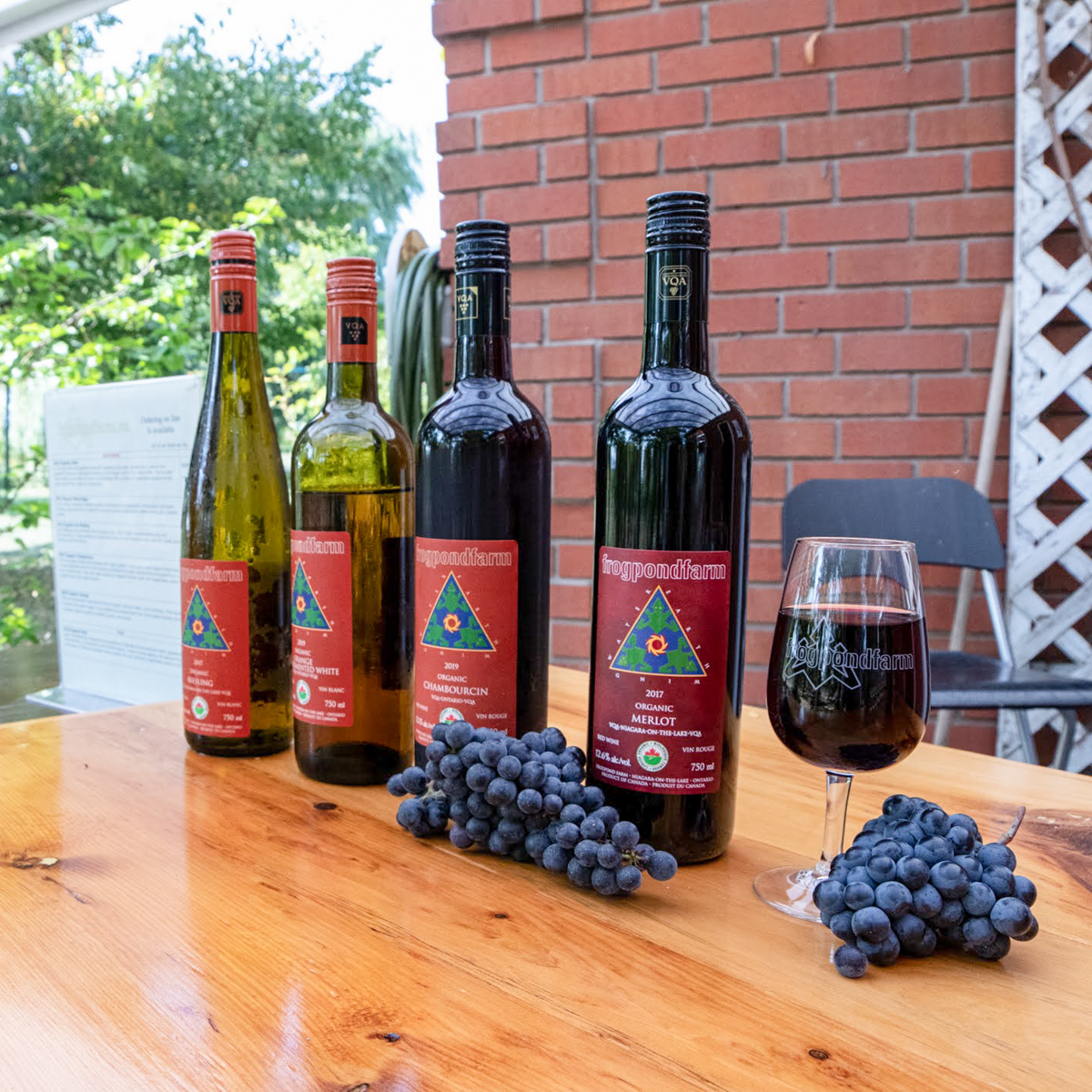Understanding why a certain wine is delicious or just awful may have more to do with your palate than any winemaking issues.
Your palate, basically your ability to appreciate and discern taste/flavour, is not only physiological, for example, dependent on your tastebuds, but it is affected by your experiences and memories.
Have you ever wondered by a wine you were tasting on vacation, standing amid stacks of oak wine barrels, in a 100 year old, stone winery overlooking rolling verdant hills just does not taste the same at home sitting in your kitchen? Well, that’s because your experiences affect your perception … on that trip you loved that winery experience and that wine was destined to meet your expectations. It’s about psychology, too!

Tip #1: Your palate relies on four senses – sight, smell, taste and feel. So the next time you pick up a glass of wine, look at it, take a sip and then stop to notice the specifics.
- Sight: shade of colour, intensity of colour, still or bubbly?
- Smell: intensity of aroma, aroma characteristics – floral, fruity, spice, grassy, herbal, earthy etc.
- Taste: sweet, sour, bitter, salty (taste of minerals/minerality), umami
- Feel: cool/warm, heat (alcohol), astringency (tannins), fizz
Over time, your palate has automatically and unconsciously developed likes and dislikes. If you grew up in North America, you may have started with milk and sweetened cereals, progressed to drinking soda pop and finally cocktails. Therefore, your palate is used to creamy textures, sweetness, cold temperatures, fizziness and the burn/heat from spirits.
Does this mean, you will like full-bodied Chardonnays (aged on lees), or Viognier, off-dry white wines and sparkling wines, and bold reds with 14% alcohol? Might be!
Tip #2: What are your palate preferences? Write down a list things you liked to eat/drink when you were a child, teenager, and now, as an adult. Note their characteristics.
Tip #3: When shopping for wine, always check for the Residual Sugar (RS) level which indicates the sweetness of the wine. The LCBO usually lists this as g/L. Anything at 5 g/L or under is extra-dry. See more
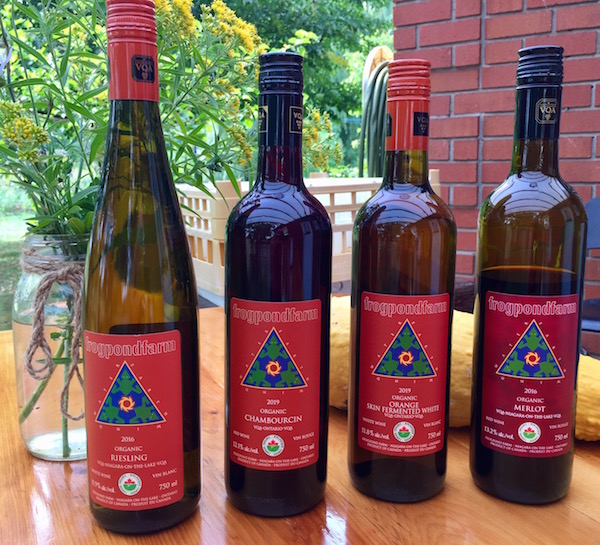
There are also cultural influences acting on your palate. This spans foods you have grown up with to lifestyle habits. The sweeter North American diet has already been mentioned but what about umami rich Asian foods or fermented foods of Eastern Europe and Africa? Wine drinkers from umami cultures may gravitate to earthy, lower tannin, higher acid wines like Pinot Noir, Chianti, aged Riojas and Barolos. While wine drinkers used to fermented foods may naturally tolerate more sourness as in higher acid whites like dry Rieslings, Sauvignon Blanc and reds like Gamay Noir and Sangiovese.
Many European wine drinkers think of wine in reference to food pairing while the cocktail culture of North America often chooses wine to stand alone (without food). In this case, easy drinking wines without a lot of acidity and tannin are best.
Tip #4: Choose a crisp white wine with lots of acidity or minerality for rich, creamy, buttery foods; a skin-fermented white wine (aka Orange) or a light red with some acidity to go with charcuterie boards; a tannic red wine to counter the fattiness and weight of grilled or roasted red meats.
Tip #5: Learn the difference between wines produced in warm climates versus cool climates. Appreciate the fact that they cannot taste the same.
Tip #6: Choosing wine, within your budget, with scores of 90+ does not guarantee you will like them as they reflect someone else’s palate preferences and are subjective (the critic’s opinion).
Finally, wine is a pleasure and an adventure, so don’t be afraid to experiment. Try different grape varieties and wines from diverse regions of the world to expand your palate.
Here’s another take-away, younger wine drinkers (24-35 years of age) seem to like skin-fermented whites or Orange wine. Any guesses why? I’d be happy to hear from you.
Cheers!


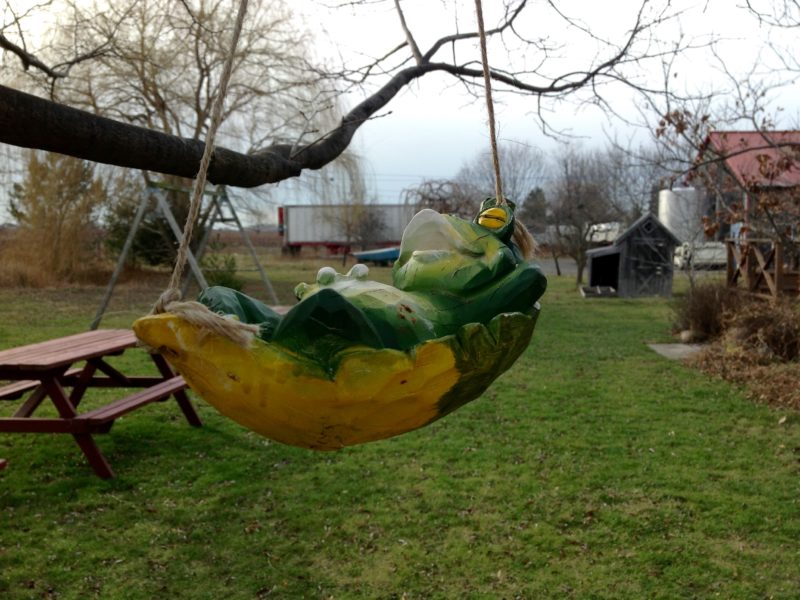
 Frog Blog ~ A Must Stop: Frogpond Farm Organic Winery
Frog Blog ~ A Must Stop: Frogpond Farm Organic Winery
